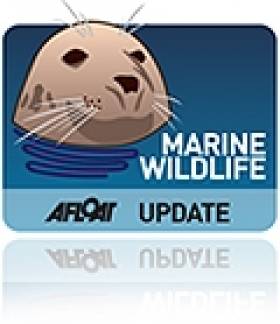Displaying items by tag: extermination
Are Irish Boats Responsible for Welsh Sea Squirt Invasion?
#MARINE WILDLIFE - Colonies of the invasive Japanese sea squirt are posing a threat to mussels and scallops in north Wales - and Irish boats are to blame, according to the Daily Post.
The sea creature - which threatens shellfish by spreading like a blanket across the seabed and other surfaces - has been discovered in Holyhead marina, allegedly carried in on the hulls of boats from Ireland.
And fears are growing that if the marine pest spreads to the Menai Strait, the effect on the local shellfish industry could be "disastrous".
To combat the problem once and for all, the Countryside Council for Wales will spend £250,000 of Welsh government funding on an extermination project at the marina, using plastic bags to smother the sea squirts and setting up quarantine facilities for incoming vessels.
The project is expected to be completed by the end of the year.
























































